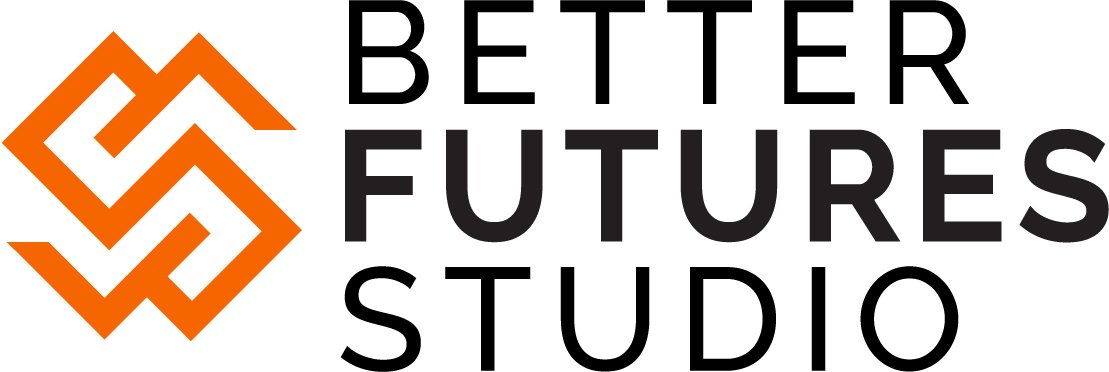Navigating in a VUCA World
Everything has changed. We are called to adapt, pivot, and sense our way forward. We are navigating in a VUCA world that challenges us to do things differently.
The concept of VUCA, coined by the U.S. Army War College to describe the world after the cold war, connects 4 conditions that add layers of difficulty and opportunity for conscious leaders.
Volatility: Change is rapid, unpredictable in nature & often uncontrollable
Uncertainty: The present is unclear and the future is uncertain. At the human level, uncertainty triggers greater stress, fear & anxiety
Complexity: Diverse interrelated factors elevate the potential for chaos & confusion
Ambiguity: The lack of clarity and awareness about emerging & evolving situations
INSIGHT: A VUCA World Opens Opportunity
Operating in today’s VUCA times invites leaders into what William Bridges, author or The Way of Transition, calls the neutral zone.
“Transition is the process of letting go of the way things used to be and then taking hold of the way they subsequently become. In between the letting go and the taking hold, there is a chaotic but potentially creative “neutral zone” where things aren’t the old way, but aren’t really a new way yet either.”
This neutral zone is the space of invention, experimentation, and sensing into what wants to emerge to serve people-first, immediate goals and seed growth for the future.
VUCA World Growth Strategies
In studying transitions and emerging business practices, companies with innovation cultures focus on the following:
Shared Purpose & Vision: The heart of satisfying work is contributing to a larger purpose and making a meaningful difference. Shared purpose ignites hearts, minds and will to stretch beyond current realities. Purpose is the key to motivation … and motivated people are the key to realizing a shared vision.
Co-Listening & Sensemaking: The willingness and frameworks for cooperation, collaboration and genuine conversation are critical in the chaos of rapid change. Co-listening & sensemaking help people build a more holistic view of current realities, re-frame problems, surface unseen issues, and synthesize insight from diverse data sources.
Experiment & Prototype the New: In a VUCA world, a bias for action is critical. With limited information and diverse needs for new solutions … small experiments, prototypes and test scenarios are the preferred learn-by-doing approach. Leaders can then assess, iterate and scale new methods as situations evolve, decisions are made, and opportunities arise.
Customer Re-Focus: External forces and rising consciousness are changing customer experience, values and needs. It’s important to build customer foresight through listening to how customers think, feel and are adapting, research trends, follow emerging technology and host co-learning events to better inform present moment decisions.
Attune & Attend to What’s Not Working: Transition is a critical time to attune and address where re-alignment or re-invention is needed. With skill and compassion, bringing people together around difficult realities can build a stronger foundation and context for growth, re-alignment efforts and wellbeing.
When embraced with a growth mindset, VUCA times accelerate needed re-orientation and re-invention. Yet, operating within today’s crosscurrent of change requires focus, new solutions and an interconnected eco-system of change leaders willing to co-learn into the future.
3 Strategic Questions:
What persistent or complex challenge is calling for re-invention now that can pave the way for better outcomes, collaborative innovation, growth, operational effectiveness, or organizational wellbeing in the near future?
What VUCA-related obstacles stand in the way, both at the surface and below the surface?
Who is also passionate about finding a better solution for this challenge and how might you work together?
